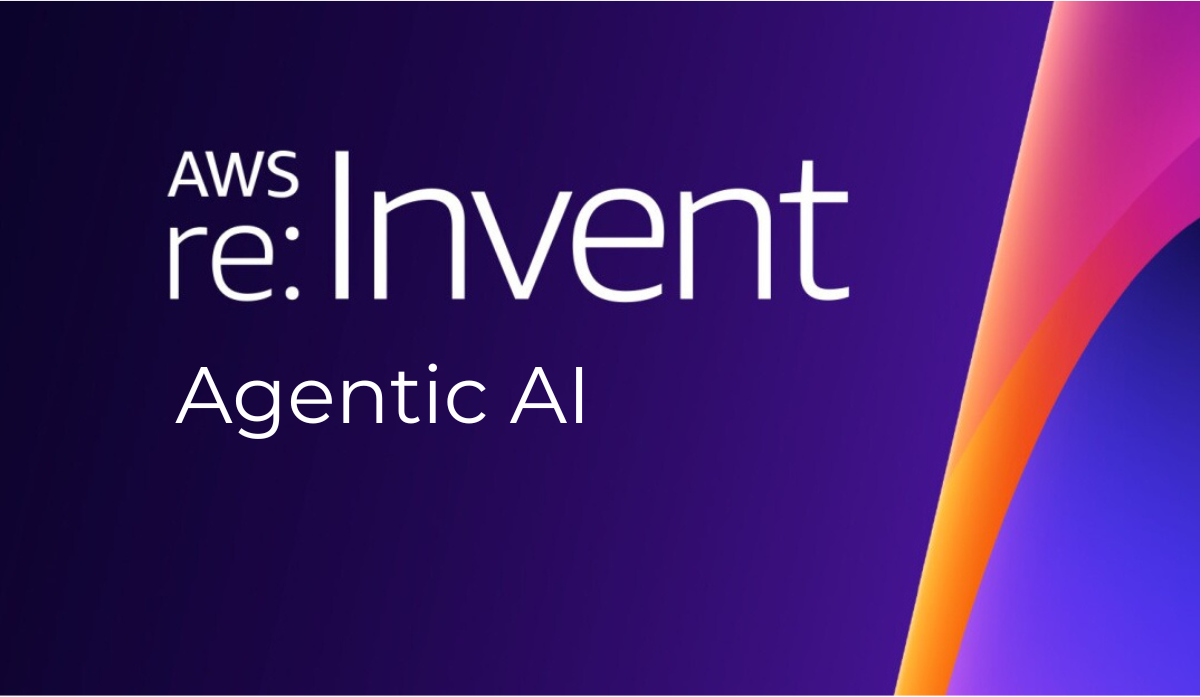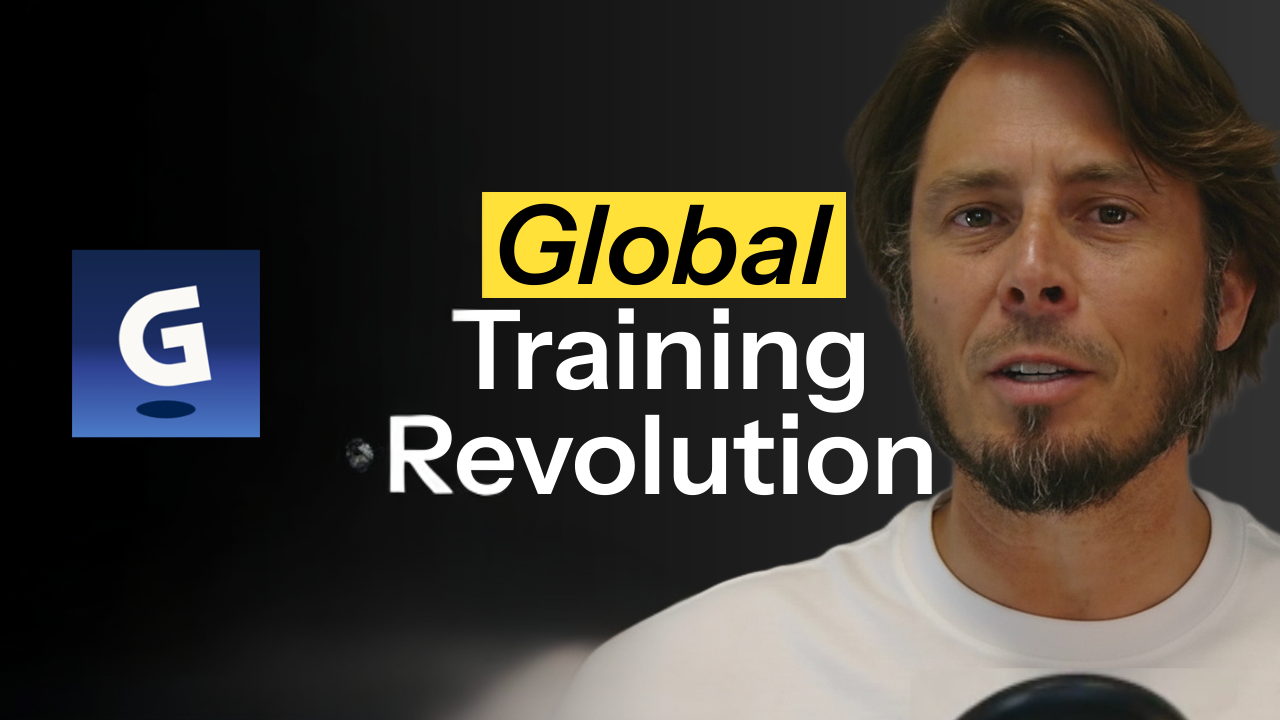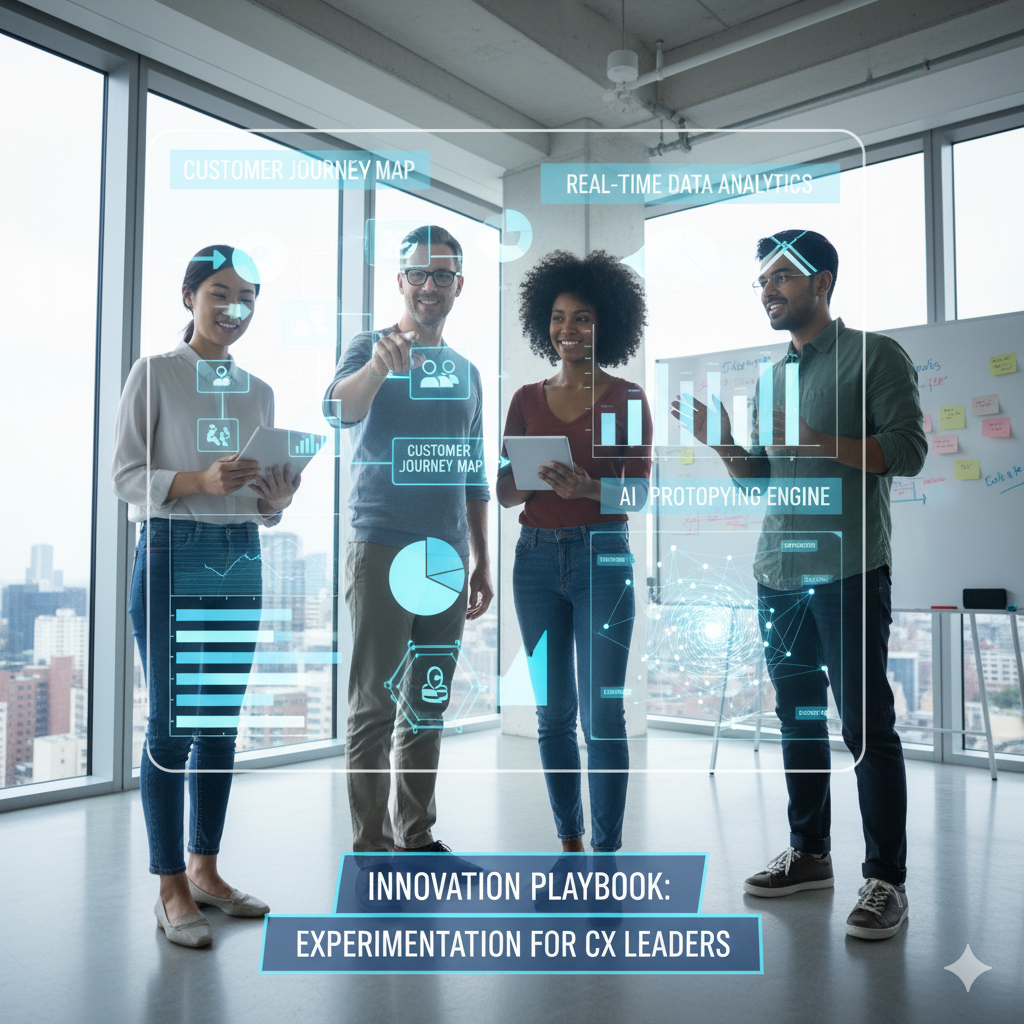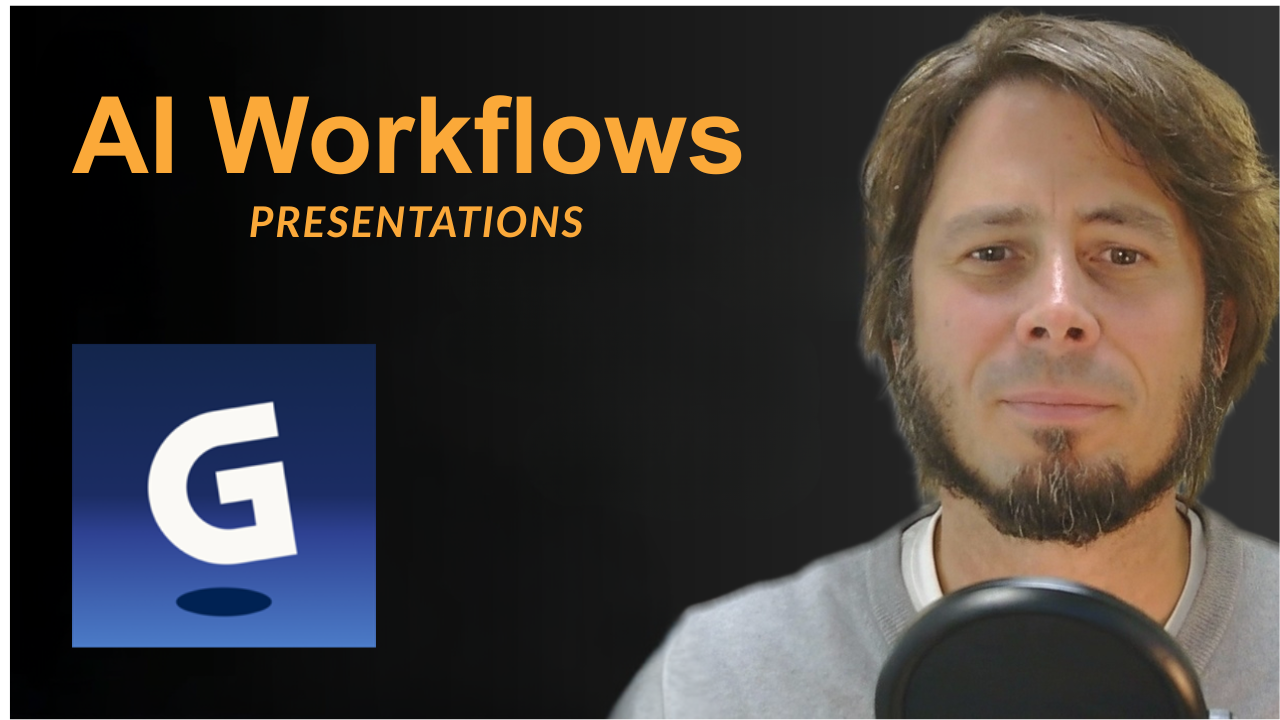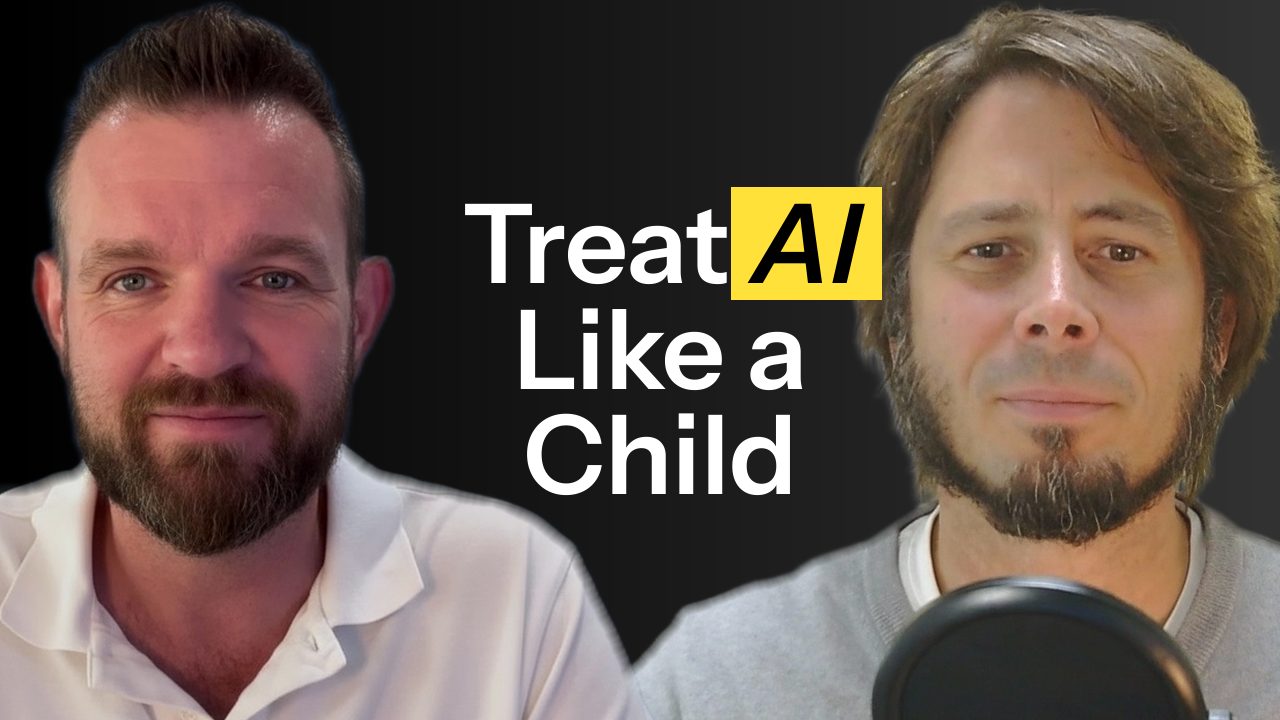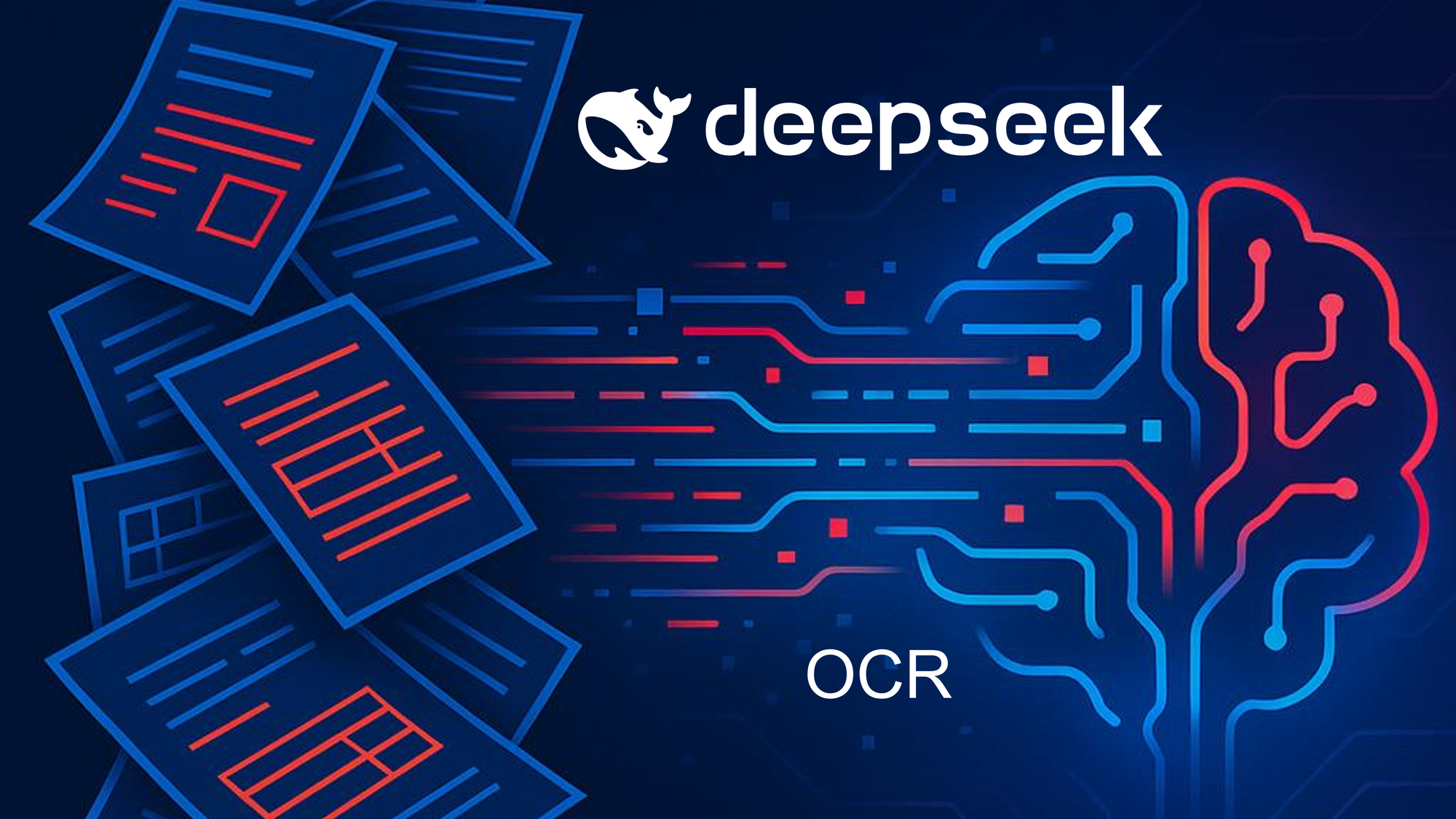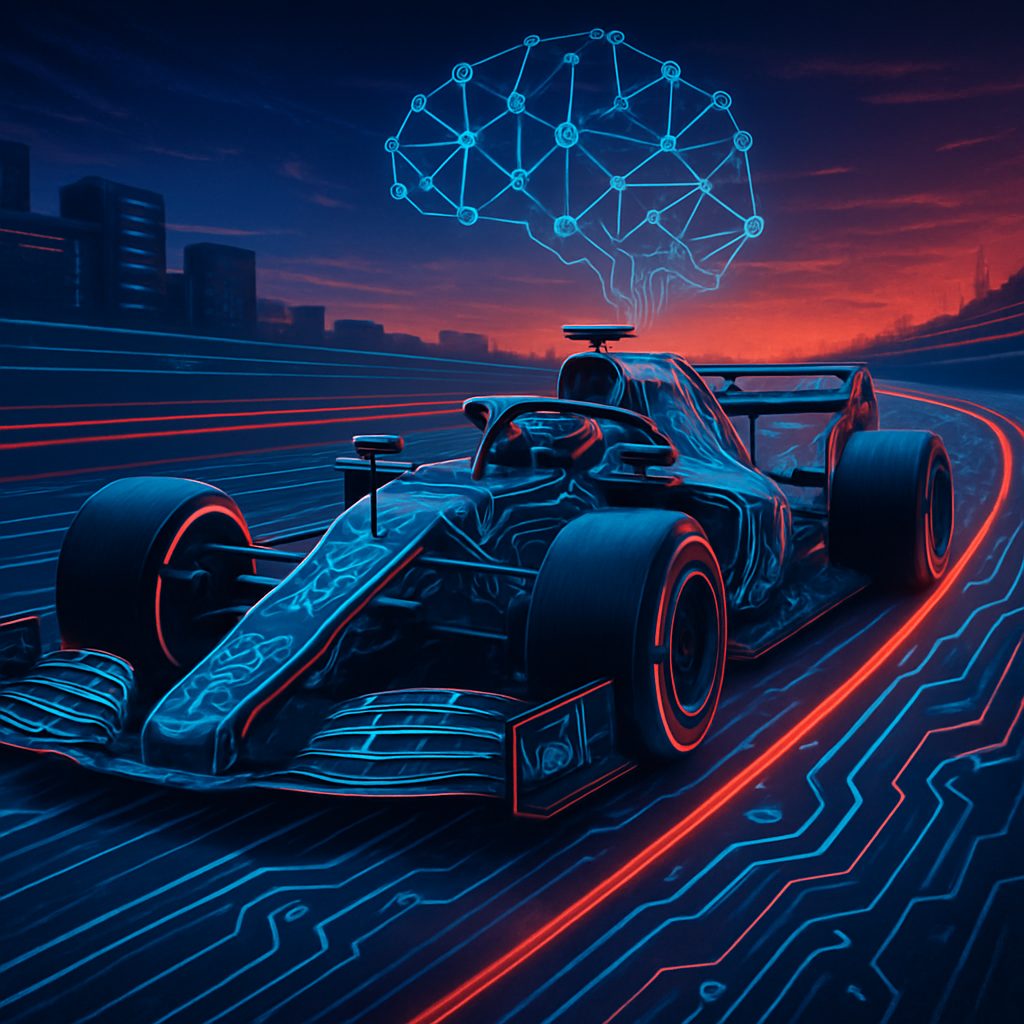Embracing the Mindset Shift for Generative AI Training & Adoption
Who Should Read This:
Busy CX, BPO & accelerates ideation, but it requires centre executives and specialist operators seeking fast, actionable strategies to thrive alongside AI, with no coding background required.
Why Is This Relevant?
The generative AI revolution rewards the bold, the curious, and those who think differently, not just the most technical. This article is your shortcut to competitive advantage.
1. Executive Summary
Generative AI is flipping the script on how organisations deliver results—but it’s not just about new tech. The real change is in how we think, adapt, and work together with AI as a partner. Instead of obsessing over technical skills, the winning approach is about cultivating curiosity, agility, and problem-solving skills. This article explores the essential mindset required to achieve tangible business results from AI, emphasising not complex programming, but somewhat more innovative collaboration and bolder experimentation.
2. Key Takeaways
- The AI mindset shift is a business, not a tech, imperative.
- Creative, sceptical, and collaborative teams get outsized AI gains.
- Continuous learning and experimentation are preferred over rote skills.
3. Core Mindset Principles
3.1 Shift from Technical Mastery to Strategic Application:
Success lies in asking smart questions and applying AI insights, not just knowing the tech.
3.2 Foster Curiosity & Iterative Experimentation:
Best outcomes come from playful prompting and bold testing, even if you break things.
3.3 Promote Human-AI Collaboration:
Treat AI as your tireless rookie teammate; the magic happens when you blend machine with human intuition.
3.4 Develop Data Fluency:
It’s not about doing data science, but knowing how to interrogate, sense-check, and interpret what AI gives you.
4. A New Way of Thinking: Technology as a Partner
Traditionally, many see AI as a tool reserved for technical specialists. But taking the lead in today’s race means seeing generative AI as a collaborative partner—something you can team up with to unlock creativity, innovation, and smarter problem-solving. Training shouldn’t just show people which buttons to press, but how to co-create with AI, maximise strengths, and amplify outcomes. When employees shift from asking “How do I operate this?” to “How can AI help me win?” doors open to performance levels previously out of reach.
5. Core Components of the Generative AI Mindset
5.1 Emphasising Curiosity and Open-Mindedness
Generative AI thrives on creative prompts and new approaches. To harness its full potential, teams must break from default thinking—questioning assumptions, exploring alternatives, and iterating for improvement.
- Why It Matters: When people feel safe questioning and experimenting, they find smarter, more innovative solutions, often uncovering hidden opportunities in their workflows.
- How to Encourage It: Leaders should make it clear that it’s okay—even expected—to experiment and learn from failures. Give space to play with AI, reflect on the outcomes, and reward fresh thinking.
Example Prompt for Mindset Training:
"Imagine we need a new way to measure customer satisfaction. Try three different AI prompts and see which produces the most useful insights, then refine your next round of questions."
5.2 Operating in Partnership with Technology
Generative AI isn’t here to replace us—it’s here to scale our best ideas and provide a first draft we can polish. The best teams treat AI as a creative collaborator, not simply a tool for routine work.
- Why It Matters: AI accelerates ideation, but it requires human leadership for relevance and judgment. Combining strengths means faster iteration and higher-quality outcomes.
- How to Encourage It: Set the tone that AI outputs are starting points. Train teams to personalise, adjust, and apply their expertise to AI-generated results, encouraging an iterative approach.
Example Key Concept:
Think of AI as a “first draft generator”—it hands you the raw material, but real value comes from your expertise and finishing touch.
5.3 Prioritising Problem-Solving & Creative Thinking Over Rote Tasks
With AI eliminating repetitive work, everyone can spend more time on creative innovation and critical, high-value decisions. This switch unlocks capacity for continuous improvement and bigger wins.
- Why It Matters: Simply automating old ways limits impact. By proactively using AI for ideation and problem-solving, teams set a faster, higher-performing pace.
- How to Encourage It: Show how the quality of input questions shapes AI’s value. Train teams to use specific, outcome-focused prompts to drive business impact beyond automation.
Example Training Exercise:
Compare vague vs. targeted prompts:
- Vague: “Help me improve customer service.”
- Targeted: “Generate 3 ways to reduce customer wait times by 30%, given our current staffing and call volume data.” Notice how the second prompt puts you on the fast track to real, actionable results.
6. Challenges to the Mindset Shift
6.1 Technical Overemphasis:
Focusing only on the “techy” side risks missing the big gains in strategy and creative application. Mindset wins races, not technical trivia alone.
6.2 Fear of AI's Scope:
Anxiety about “being replaced by robots” holds teams back. Unchecked, it saps confidence and slows progress.
6.3 Lack of Experimentation:
Avoiding trial and error blocks creative breakthroughs. Teams that fear mistakes never realise the full performance boost AI offers.
6.4 How to Overcome These Challenges
- Reframe Resistance: Remind teams that AI is for augmentation, not automation. Emphasise how AI frees up their best energy for higher-impact work.
- Gamify Learning: Make experiments low-stakes—run “prompt sprints” or mini-challenges to build comfort and confidence.
- Connect AI Outputs to Decision-Making: Show how sharp prompting drives business success, highlighting tangible wins that matter.
7. The Role of Leadership in the Mindset Shift
Leaders drive pace and confidence. When leaders model the right mindset, everyone feels empowered to experiment and innovate, setting a culture where curiosity and adaptability become the norm.
7.1 Champion Experimentation:
Lead by example—share how you use AI to improve results and show both wins and stumbles.
7.2 Empower Teams:
Build trust so teams feel safe learning from failures. Celebrate progress and lessons learned, not just flawless results.
7.3 Link Mindset to Business Value:
Draw the line from mindset change to concrete bottom-line or experience improvements, making the impact unmistakably clear.
8. Structured Learning Pathways to Address the Mindset
8.1 Early-Stage Training Suggestions
8.1.1 Workshops Focused on Mindset
Run interactive sessions where teams can practice, reflect, and brainstorm together. Let staff see first-hand how different prompts affect AI outputs, and share lessons learned in real time.
8.1.2 Role-Specific Use Cases
Encourage teams to discuss how AI can help in their context—from frontline problem-solving to behind-the-scenes analysis—and let them suggest ways to reshape outdated workflows.
9. Mindset Mastery: Next-Level Moves
9.1 The Counter-Intuitive Leadership Move—Model Not-Knowing
Forget always being the “AI guy in charge.” Leaders break the ice by showing where AI stumped or surprised them, and what they learned. Kicking off team calls with “What stumped us this week?” normalises creative risk, curiosity, and resilience.
9.2 “Show Your Work” on Critical Thinking
Don’t just say “the AI told me so.” Encourage teams to explain their reasoning when modifying, overriding, or accepting AI advice. Weekly 10-minute “Critical Reasoning” hot seats keep mental muscles sharp and build a robust history of success (and good catches).
9.3 Spotting and Celebrating “Human Overrides”
AI is smart. But the human edge is real. Heroics aren’t just for saves—feature stories where an agent overrode AI, saved a customer, or identified a flaw. Make “Override of the Month” as celebrated as high sales or NPS.
9.4 “Mandatory Disagreement” Exercise
Passive compliance is a reliability risk. Require every team member to challenge at least one AI recommendation per week intentionally. Reviewing takeaways in team debriefs helps build creative, critical reflexes into the process DNA.
9.5 Unpackable Mental Models—Sticky Frameworks for AI Partnership
- The Rookie Teammate: See AI as your enthusiastic but inexperienced assistant—great at volume and speed, but always needing real-world direction and oversight.
- First Draft Principle: Treat every AI answer as a version 1.0—valuable, but only reaching potential with human finishing touches.
- Best for the Rest: With endless AI-generated options, your job is to filter for gold—find the valuable insights amidst the clutter.
Share these models visually—emails, dashboards, coaching moments.
10. Mini-FAQ—Your Biggest AI Mindset Questions, Fast
- Will AI make my job safer or more at risk? When you use AI to amplify your judgment, you make your role more valuable and resilient. The most in-demand people are those who use AI as a force multiplier.
- What’s the worst mistake you’ve seen AI make? AI can misread urgency or context, such as when a frustrated customer gets stuck in a chatbot loop. That’s why human intervention and oversight always matter.
- How can I “upgrade” faster than software? By staying curious, reflecting on mistakes, and continually asking better questions. Mindset outraces tech updates every time.
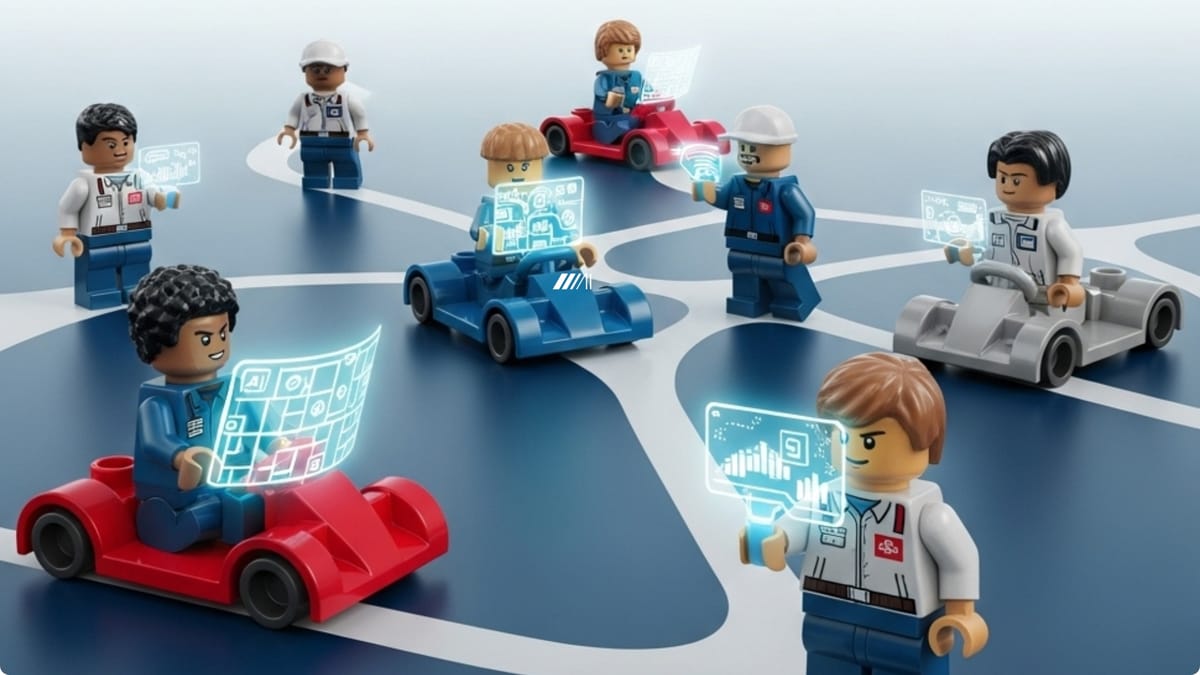
Move on to Part 2 of the mindset shift series.
11. Conclusion & Immediate Action Items
AI’s most powerful upgrade is a human one: when you rewire curiosity, scepticism, and adaptability, you unlock the tech’s full potential. Stop just “learning the tool”—start “partnering with AI.”
- Facilitate frank team discussions around AI anxiety and real opportunities.
- Run low-stakes trial-and-error exercises to encourage fearless experiments.
- Directly connect every training/lab to tangible business outcomes.
By embracing this shift, you unlock AI’s full impact—fueling not just efficiency, but long-term, sustainable performance gains.
Read the original inspiration for this topic here.



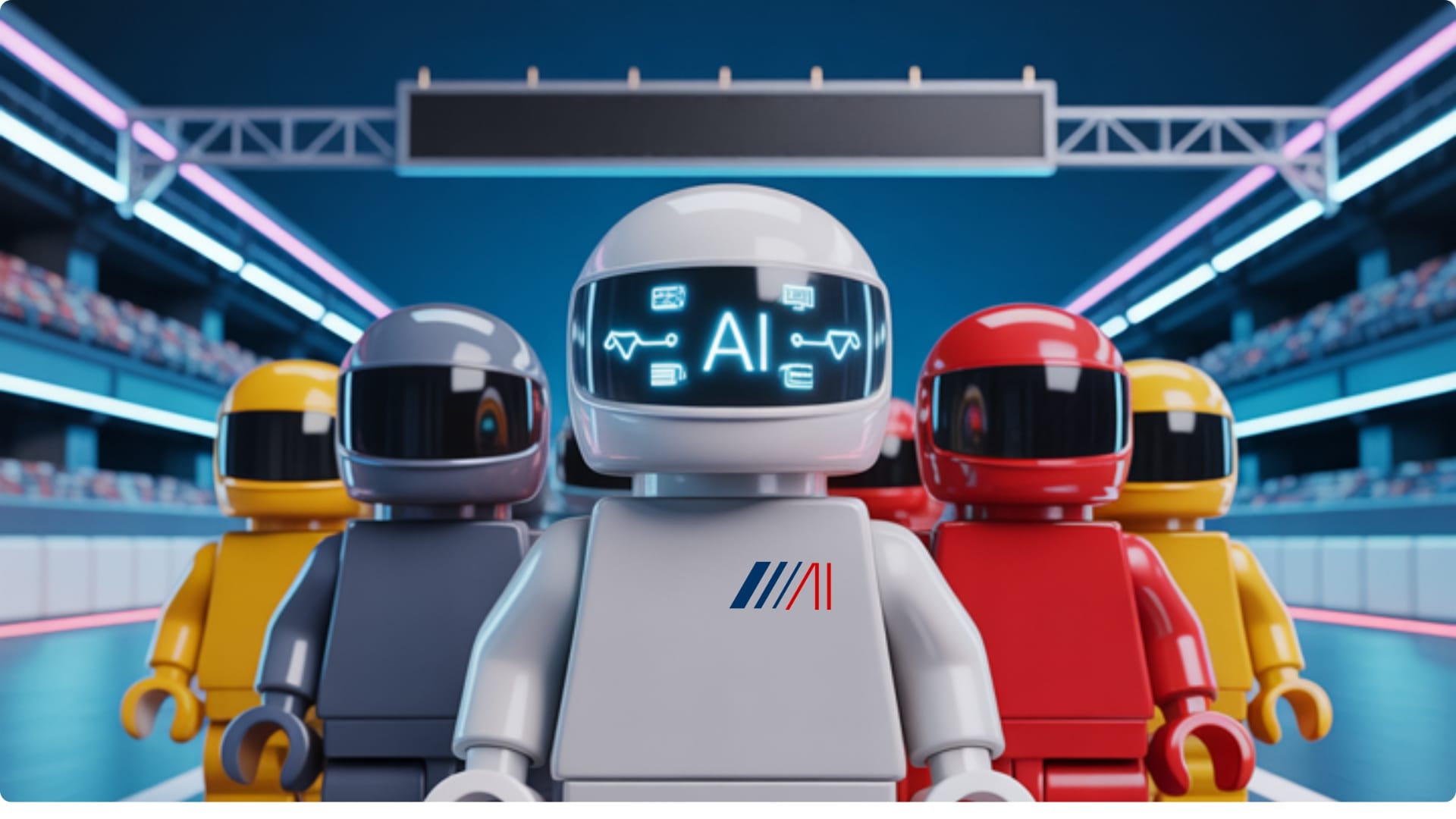

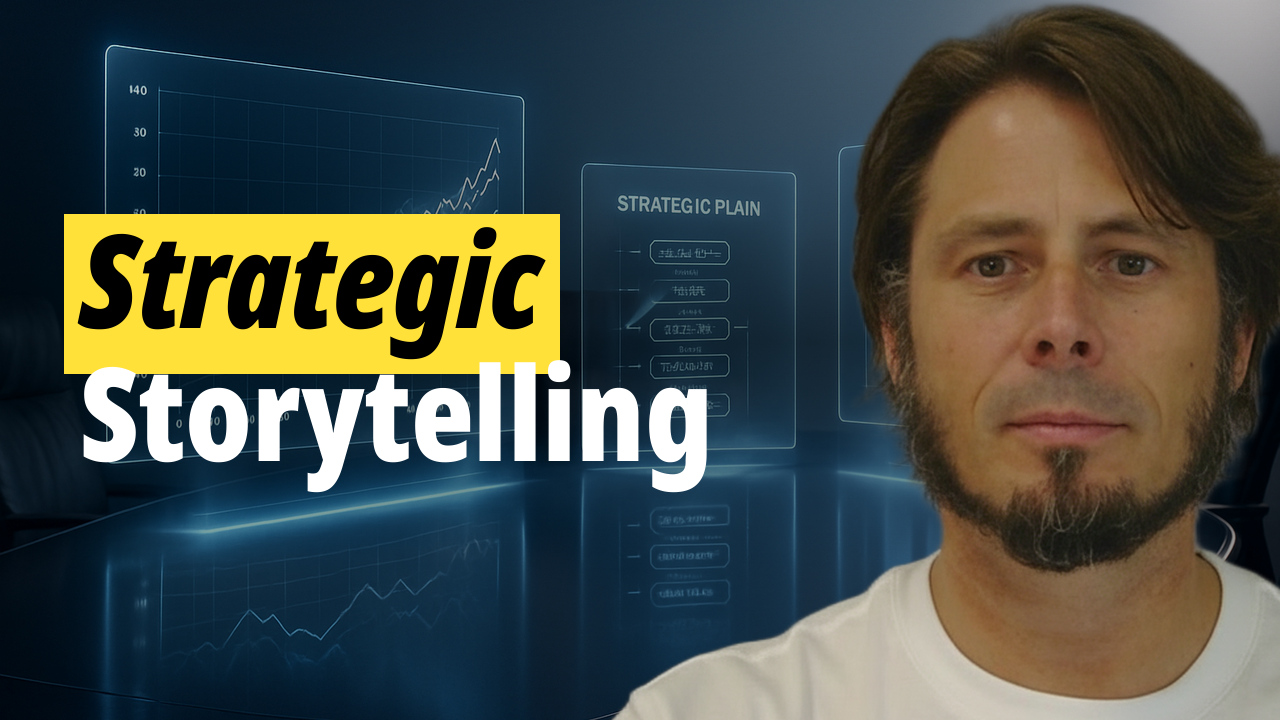
![Werner [1010]](/content/images/2025/08/LI-Profile-Picture--4--1-1.png)
